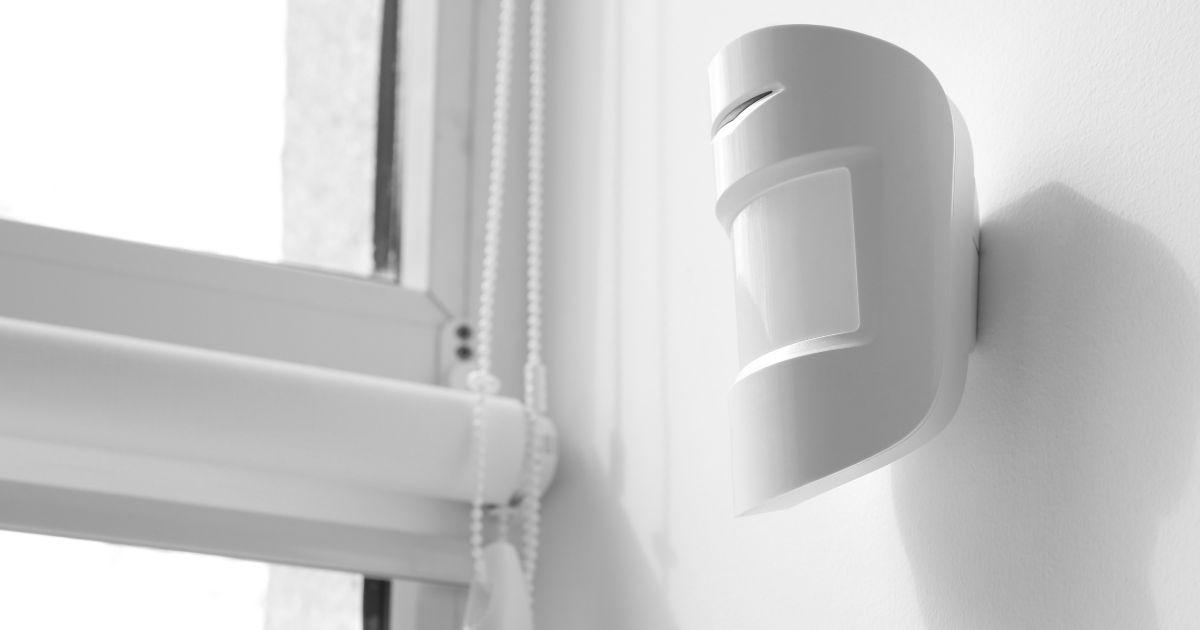5 Different Types of Thermal Sensors
Most Common Types of Temperature Sensor
Thermal sensors are the unsung heroes in our everyday lives. These tiny devices are embedded in a vast array of appliances, processes and equipment, silently monitoring heat and ensuring everything functions smoothly and safely.
From the smartphones in our pockets to the massive industrial freezers keeping food fresh, temperature sensors play a critical role.
This guide explores the different types of thermal sensors, their benefits and their uses.
What is a Thermal Sensor?
A thermal sensor is a device that converts heat (thermal energy) into an electrical signal. This electrical signal can then be measured and used to determine the temperature of an object, substance, or surrounding environment.
Thermal sensors play a crucial role in process control by providing real-time temperature data, allowing for precise monitoring and adjustments within various industrial applications.
Process Parameters is a leading supplier of a wide range of thermal sensors in the UK, offering expert advice and solutions to meet your specific application needs.
Contact usBenefits of Using Thermal Sensors:
- Improved process control
- Thermal sensors enable precise temperature monitoring, allowing for adjustments to maintain optimal conditions throughout a process. This leads to increased product quality and consistency.
- Enhanced efficiency
- By optimising temperature control, industrial sensors can help reduce energy consumption and waste generation, leading to more efficient operations.
- Safety and equipment protection
- Early detection of overheating can prevent equipment damage, accidents, and costly downtime.
- Non-contact measurement
- Certain types of thermal sensors offer non-contact temperature measurement, ideal for delicate or hazardous materials.
- Data logging and analysis
- Modern thermal sensors can be integrated with data logging systems, allowing for trend analysis and continuous process improvement.
The advantages and disadvantages of temperature monitoring devices will vary depending on the intended usage, so it’s always worth spending time finding the right sensor for the job.

The 5 Types of Thermal Sensors
Here’s a breakdown of the five most common industrial sensors used in process applications:
1. Thermocouple
This sensor utilises the Seebeck effect, where a voltage is generated at the junction of two dissimilar metals when subjected to a temperature difference.
Thermocouple sensors offer a wide operating range and fast response times, making them ideal for diverse applications. However, they require careful handling and can be susceptible to electrical interference.
2. Thermistor
This sensor relies on a thermally sensitive resistor that changes its resistance value in response to temperature fluctuations.
Thermistors come in two types: NTC (Negative Temperature Coefficient), whose resistance decreases with increasing temperature, and PTC (Positive Temperature Coefficient), where resistance increases with temperature.
They are known for their fast response but have a limited temperature range and non-linear response.
3. RTD (Resistance Temperature Detector)
Often referred to as a Platinum Resistance Thermometer (PRT) or Pt100 (due to its common use of platinum), this sensor measures temperature by detecting changes in the electrical resistance of a platinum wire.
RTDs boast excellent accuracy and stability over a wider temperature range than thermistors. However, they have a slower response time and a generally higher cost.
4. Temperature Probe
It’s important to clarify that a temperature probe isn’t a specific sensor type. Instead, it’s a housing that encases one of the three contact sensors mentioned above (thermocouple, thermistor, or RTD). Probes protect the sensor element and allow for easier placement in various environments.
5. Infrared Sensor
Unlike the previous sensors, this one measures temperature without physical contact. It detects thermal radiation emitted by an object, which increases with temperature. This radiation is converted into heat by a thermopile, a series of tiny thermocouple sensors, and then into a measurable voltage.
Infrared sensors offer a wide temperature range and are suitable for non-contact measurements, but their accuracy can be affected by surface emissivity and require a clear line of sight to the target.
For a comprehensive understanding of how to use a particular sensor and its accuracy considerations, it’s recommended to consult the user manual provided by the manufacturer.
Applications of Thermal Sensors
Thermal sensors play a vital role across various industries, ensuring precise temperature control and optimising processes.
Here are some specific examples:
- HVAC Systems: These sensors regulate heating and cooling systems, maintaining comfortable temperatures within buildings and optimising energy usage.
- Refrigeration Appliances and Storage: Freezers and cold storage facilities rely on temperature sensors to guarantee safe food storage and prevent spoilage.
- Medical, Biotech, and Laboratories: Precise temperature control is crucial in these settings for processes like drug development, scientific research, and medical treatments. Temperature sensors ensure consistency and accuracy.
- Machinery and Components: Industrial equipment relies on temperature sensors to monitor performance and prevent overheating, safeguarding machinery and ensuring smooth operation.
- Vehicles and Engines: Temperature sensors monitor engine coolant and oil temperatures, preventing overheating and ensuring optimal performance.

You will also find temperature-sensing devices much closer to home:
- Household Appliances: Ovens, refrigerators, washing machines, and more rely on temperature sensors to maintain optimal settings, ensuring perfect cookies, safely chilled food, and properly sanitised clothes.
- Personal Electronic Devices: Laptops, tablets, and even smartphones utilise temperature sensors to prevent overheating, which can damage delicate internal components.
Process Parameters has a proven track record of providing thermal sensor solutions that have benefited clients across diverse industries.
For instance, learn how our temperature sensors improved the monitoring of lithium Ion battery charging in automotive applications.
Factors to Consider When Choosing a Thermal Sensor
Selecting the right thermal sensor is crucial for optimal performance.
Here are key factors to consider:
- Temperature Range: Choose a sensor that covers the entire temperature range of your application.
- Response Time: Consider how quickly the sensor needs to respond to temperature changes.
- Accuracy: The level of precision required will determine the most suitable sensor type.
- Environment: Select a sensor that can withstand the environmental conditions (e.g., pressure, humidity, vibration) present in your application.
- Installation: Evaluate the ease of installation and compatibility with your existing equipment.
Process Parameters understands the complexities of sensor selection. Our team of experts can assist you in choosing the ideal thermal sensor for your specific needs, ensuring optimal performance and maximising your return on investment.
Process Parameters: Your Trusted Supplier of Thermal Sensors in the UK
Process Parameters is a leading supplier of high-quality thermal sensors from renowned manufacturers. We offer a comprehensive selection of thermocouples, RTDs, thermistors, and infrared sensors to cater to diverse industrial applications.
Ready to leverage the power of thermal sensors? Contact Process Parameters today for a free quote or to discuss your specific thermal sensor requirements. We’re committed to helping you find the perfect solution for your application.
Email us at sales@processparameters.co.uk, call 01628 778788, or complete our online enquiry form.
Send an EnquiryTemperature Sensor FAQs
How does a thermal sensor work?
There are various types of thermal sensors, and each one functions differently. However, they all share a common principle: converting heat (thermal energy) into an electrical signal. This signal can then be measured and used to determine the temperature of an object or its surrounding environment.
What are the four thermal sensors?
- Thermocouple: Wide temperature range, fast response, good for diverse applications.
- RTD (Resistance Temperature Detector): Excellent accuracy and stability, wider temperature range than thermistors.
- Thermistor: Fast response, cost-effective, but limited temperature range and non-linear response.
- Infrared Sensor: Non-contact measurement, wide temperature range, requires clear line of sight.
What is an example of a thermal sensor?
A common example of a thermal sensor is the thermostat in your home. It uses a temperature sensor (often an RTD or thermistor) to monitor the room temperature and regulates your heating or cooling system accordingly.
Related Articles:
- What is a Thermocouple?
- What is a Temperature Transmitter?
- Advantages and Disadvantages of Thermocouples
- Comparing Contact and Non-Contact Temperature Sensors
- What Is A Temperature Sensor?
- How Do Thermal Imaging Cameras Work?
- 5 Benefits & Applications of Thermal Imaging Cameras
- 5 Best Infrared Thermometers
- What is an RTD?
- What is a Thermometer?
- Top Infrared Temperature Sensor Manufacturers

